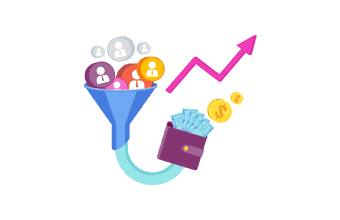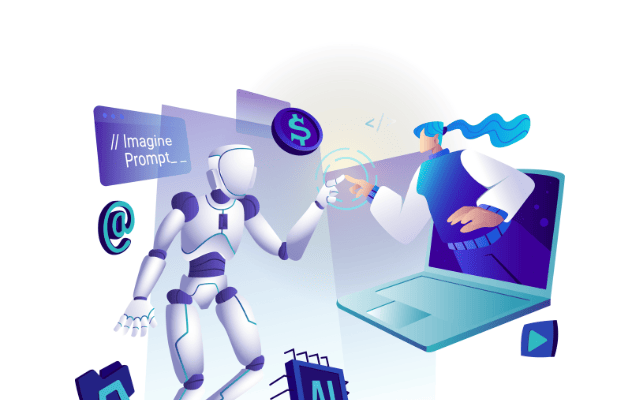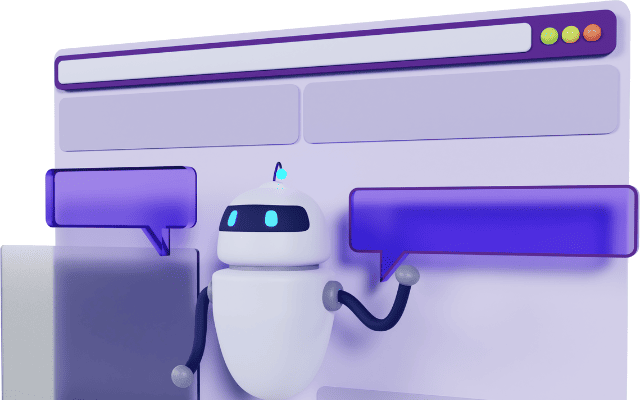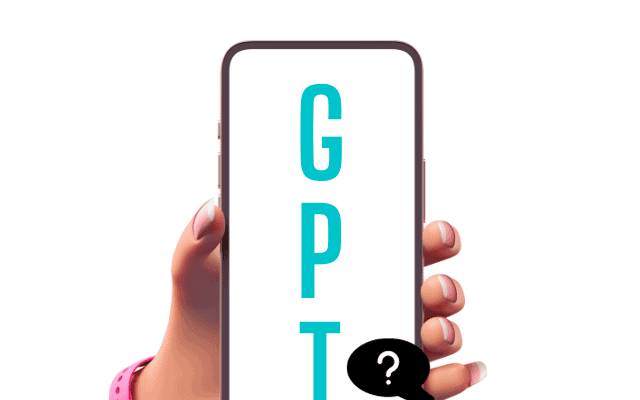It’s 2024, and you’ve used a form of generative AI to create content for your business, or just for the sake of it.
Of the most popular generative AI models are OpenAI’s GPT series (GPT3.5, GPT4, GPT 5), and their conversational counterpart; Chatgpt.
Great, but what does GPT stand for in these AI language models?
That’s what we seek to answer in this short read.
What does GPT stand for in Chat GPT?

GPT stands for Generative Pre-trained Transformer. It is a type of large language model (LLM) that is trained on a massive dataset of text and code.
- Generative: Capable of generating coherent, diverse, and contextually relevant text based on the input it receives
- Pre-trained: The model is first trained on a massive dataset to grasp language constructs, facts, reasoning, and even a semblance of common sense.
- Transformer: This refers to the underlying architecture used by the model, which has been particularly influential in the recent success of deep learning in natural language processing tasks.
The Transformer architecture was introduced in a paper titled “Attention Is All You Need” by Vaswani et al. in 2017.
Why is GPT a game-changer?
There are a few reasons why the GPT series of models has revolutionized the creative space:
1) Unprecedented scale
GPT models, especially the latest iterations like GPT-4, and the anticipated GPT5, have billions of parameters.
When we say a model has billions or even trillions of parameters, we’re talking about the weightings within the model that have been adjusted through training to predict the next word in a sequence.
These parameters capture subtle nuances, patterns, and intricacies of the language.
These are fine-tuned to ensure the model’s output is as accurate and human-like as possible.
2) The Transformer architecture
The Transformer architecture uses a mechanism called “self-attention” that allows it to weigh the relevance of different words in a sentence relative to a particular word.
This is pivotal for understanding context, sarcasm, and other language complexities.
But another key component of this architecture is parallel processing.
Unlike traditional recurrent models, transformers process all words or tokens in parallel, leading to faster and more efficient training and inference.
3) Transfer learning and adaptability
GPT’s training occurs in two primary phases: pre-training and fine-tuning.
In the pre-training phase, GPT learns to predict the next word in a sequence, gaining language understanding and world knowledge.
In the fine-tuning phase, it’s refined on specific tasks, enhancing its accuracy for those tasks.
Now, one remarkable feature of recent GPT versions is the ability to perform tasks with minimal examples.
For instance, you can provide GPT-3.5 with a few examples of a task, and it will return a response that matches what you’re looking for.
This makes it easy to accomplish tasks such as content editing and formatting with simple AI prompts.
4) Versatility across domains
GPT’s design isn’t for a specific application. Instead, its generalized approach means it can be applied to a plethora of tasks without needing task-specific model architectures.
Whether it’s writing essays, answering questions, composing music, generating code, creating art with integration of models such as Dall-E and Stable Diffusion, or AI bots that respond to customer queries, GPT has shown promise across diverse applications.
5) Improved contextual understanding
The larger the model, the longer the “context window” it can handle.
This means newer versions of GPT can remember and consider more of the provided input text, allowing for better contextual understanding and more coherent and relevant outputs over longer stretches of text.
The evolution of GPT

The evolution of GPT has been remarkable, with each new iteration of the model becoming increasingly powerful and versatile.
Here is a brief overview of the key milestones in the development of GPT:
- 2018: OpenAI releases GPT-1, a language model with 117 million parameters trained on a dataset of approximately 8 million web pages.
- 2019: OpenAI releases GPT-2, a more powerful version of GPT-1 with 1.5 billion parameters. GPT-2 was able to generate more realistic and coherent text, and it could also perform more complex tasks, such as writing different kinds of creative content.
- 2020: OpenAI releases GPT-3, a massive language model with 175 billion parameters. GPT-3 was able to perform a wide range of tasks at a human-level, including generating text, translating languages, writing different kinds of creative content, and answering questions in a comprehensive and informative way.
- 2023: The company releases GPT-4, its most advanced language model yet. GPT-4 is significantly more powerful and versatile, with improved reasoning and multimodal capabilities, and greater accuracy in solving complex problems.
The Chatgpt Plus version which is powered by GPT4, has since evolved also, allowing for plugins and web browsing capabilities, as well as Advanced Data Analysis.
Applications of GPT technology

As GPT models continue to improve, they are likely to have a major impact on a wide range of industries and applications.
Here are some examples of how GPT models are being used today:
- AI chatbots: GPT models are being used to create chatbots that can have more natural and engaging conversations with humans, for front-end customer support.
- GPT-3 Playground: OpenAI has released a GPT-3 Playground that allows anyone to experiment with the model and see what it can do.
- Creative writing: GPT models are being used to generate creative content, such as poems, code, scripts, musical pieces, emails, letters, etc. through OpenAI’s Playground features, or Chatgpt interface.
- Translation: GPT models are also being used to translate text and documents in several languages.
- Question answering: GPT models are being used to answer questions in a more comprehensive and informative way. Users are starting to prefer generative AI tools for simple search queries to Google Search.
SEO benefits of GPT
GPT can provide several SEO benefits, including:
a) Improved keyword research: GPT can help you to identify relevant keywords and phrases that your target audience is searching for.
This information can then be used to optimize your website content and improve your search engine rankings.
b) Content creation: GPT tools such as GPT-4 and ChatGPT interface can generate high-quality content that is optimized for specific keywords when prompted properly.
This can save you time and effort, and it can also help you to produce more content than you would be able to on your own.
c) Improved user engagement: GPT can be used to create chatbots and virtual assistants that can provide instant responses to user queries.
This can improve user engagement and keep visitors on your website longer.
d) Increased organic traffic
By providing helpful and relevant content to your target audience, you can increase your website’s visibility on search engines and attract more organic traffic.
Here are some specific examples of how you can use GPT to improve your SEO:
- Generate a list of relevant keywords for your website, then use these keywords in your website content, meta descriptions, and other SEO elements.
- Generate blog posts, articles, and other types of content for your website.
- Improve user engagement and keep visitors on your website longer by creating AI chatbots and virtual assistants that can answer user questions and provide support.
- Personalize your website content for different visitors. For example, you could use GPT to generate different product descriptions for different customers.
The future of GPT
While GPT models have accomplished a lot, the journey of AI and NLP is still in its nascent stages.
The continued development promises even more sophisticated models, capable of understanding nuanced human emotions and generating content indistinguishable from human-written text.
Overall, the future of GPT is very bright. GPT has the potential to revolutionize many industries and improve our lives in many ways.
Here are my personal thoughts on the future of GPT:
- GPT models are likely to become more accurate and efficient in processing natural language. This will make them even more useful for a wider range of tasks.
- GPT will be more accessible to a wider range of users. This will democratize AI and make it possible for more people to benefit from this technology.
- Many businesses will continue integrating GPT and AI language models into their products and services, making this tech more ubiquitous in our daily lives.
I am excited to see what the future holds for GPT. I believe that it has the potential to make the world a better place, as long as the concerned companies put limitations in place to ensure responsible AI.
Conclusion
GPT’s success stems from a combination of architectural innovation, massive scale, and transfer learning principles.
While it’s an incredible feat of engineering and research, the AI community continues to explore its potential, address its limitations, and ensure its ethical use.
As technology progresses, we can anticipate even more advanced and nuanced models in the future.


